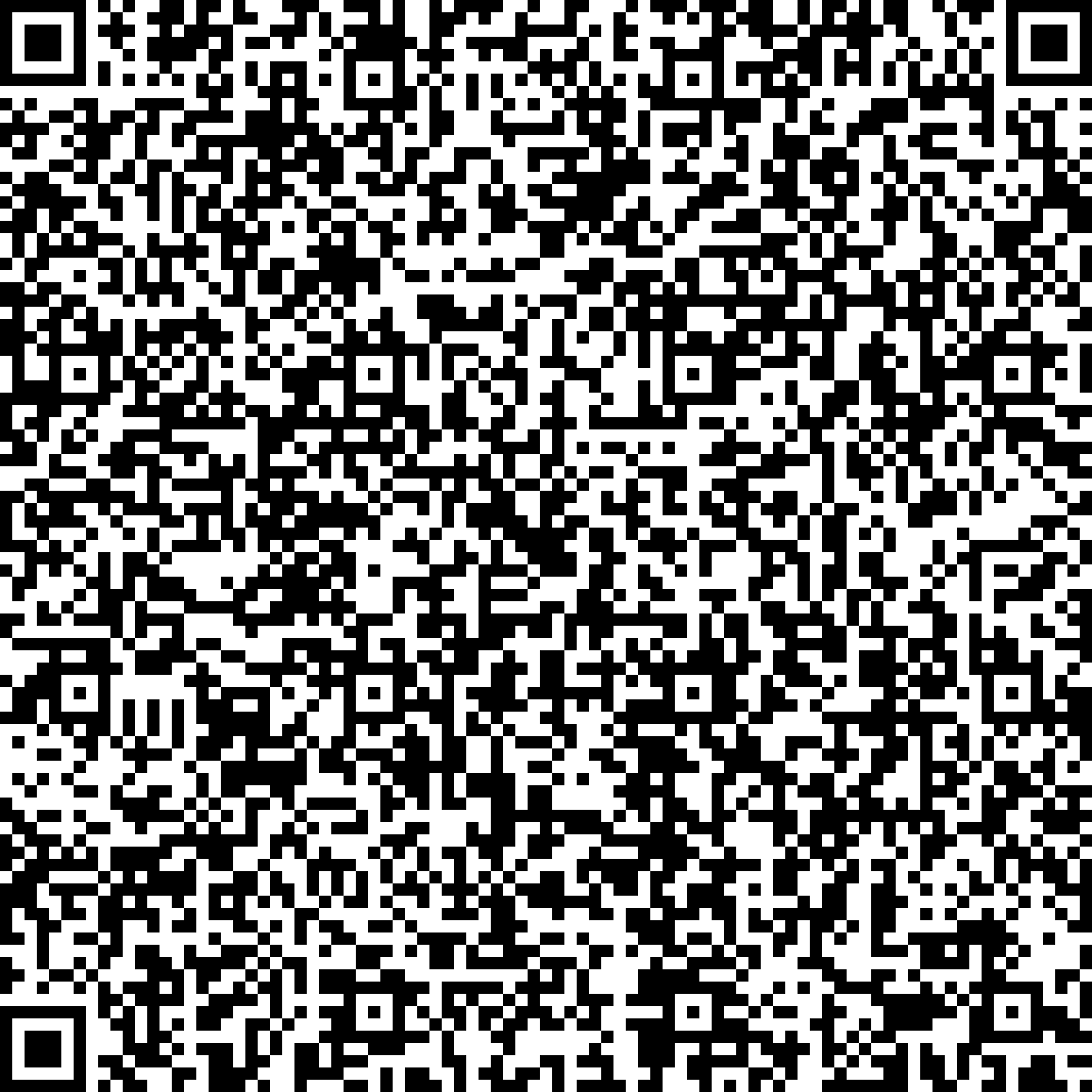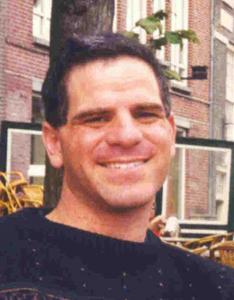


Our research is bi-directional: On one hand we use bio-templated systems to realize onedimensional conducting nanowires and nanodevices for scientific investigation of electrical charge transport in these systems for nanoelectronics and for nanotechnology applications. Examples of the bio-templated systems are dsDNA and its synthetic derivatives and the SP1 protein hybridized with various nanoparticles to form large memory arrays and protein-particles conducting chains. Within this frame we measured electrical charge transport in dsDNA, revealed the energy level spectrum of dsDNA, showed polarizability of DNA derivatives and more. We also demonstrate charging and logic operations in the hybrid SP1-nanoparticle systems. On the other hand our other direction of research focuses on an attempt to use our physical approach and tools to address biological issues. We investigate in-vitro a critical stage in the life cycle of the HIV virus, the integration of "viral DNA" into "cellular DNA", on the single molecule level using atomic force microscopy imaging. The research is conducted by my group in close collaboration with several groups from complementary fields.
[1] Direct Measurement of Electrical Transport Through Single DNA Molecules of Complex Sequence, Hezy Cohen, Claude Nogues, Ron Naaman and Danny Porath, PNAS 102, 11589 (2005).
[2] Electrical characterization of self-assembled single- and double-stranded DNA monolayers using conductive AFM, Hezy Cohen et al., Faraday Discussions 131, 367 (2006).
[3] Long Monomolecular G4-DNA Nanowires, Alexander Kotlyar, Nataly Borovok, Tatiana Molotsky, Hezy Cohen, Errez Shapir and Danny Porath, Advanced Materials 17, 1901 (2005).
[4] Polarizability of G4-DNA Observed by Electrostatic Force Microscopy Measurements, Hezy Cohen Hezy Cohen et al., Nano Letters 7(4), 981 (2007).
[5] High-Resolution STM Imaging of Novel Poly(G)-Poly(C)DNA Molecules, Errez Shapir, Hezy Cohen, Natalia Borovok, Alexander B. Kotlyar and Danny Porath, J. Phys. Chem. B 110, 4430 (2006).
[6] Electronic structure of single DNA molecules resolved by transverse scanning tunneling spectroscopy, Errez Shapir et al., Nature Materials 7, 68 (2008).
[7] SP1 Protein Based Nanostructures and Arrays, Izhar Medalsy et al., Nano Letters 8, 473 (2008).
[8] Protein Scaffold Engineering Towards Tunable Surface Attachment, Arnon Heyman et al., Angewandte Chemie Int. Ed., In press (2009).



Our research is bi-directional: On one hand we use bio-templated systems to realize onedimensional conducting nanowires and nanodevices for scientific investigation of electrical charge transport in these systems for nanoelectronics and for nanotechnology applications. Examples of the bio-templated systems are dsDNA and its synthetic derivatives and the SP1 protein hybridized with various nanoparticles to form large memory arrays and protein-particles conducting chains. Within this frame we measured electrical charge transport in dsDNA, revealed the energy level spectrum of dsDNA, showed polarizability of DNA derivatives and more. We also demonstrate charging and logic operations in the hybrid SP1-nanoparticle systems. On the other hand our other direction of research focuses on an attempt to use our physical approach and tools to address biological issues. We investigate in-vitro a critical stage in the life cycle of the HIV virus, the integration of "viral DNA" into "cellular DNA", on the single molecule level using atomic force microscopy imaging. The research is conducted by my group in close collaboration with several groups from complementary fields.
[1] Direct Measurement of Electrical Transport Through Single DNA Molecules of Complex Sequence, Hezy Cohen, Claude Nogues, Ron Naaman and Danny Porath, PNAS 102, 11589 (2005).
[2] Electrical characterization of self-assembled single- and double-stranded DNA monolayers using conductive AFM, Hezy Cohen et al., Faraday Discussions 131, 367 (2006).
[3] Long Monomolecular G4-DNA Nanowires, Alexander Kotlyar, Nataly Borovok, Tatiana Molotsky, Hezy Cohen, Errez Shapir and Danny Porath, Advanced Materials 17, 1901 (2005).
[4] Polarizability of G4-DNA Observed by Electrostatic Force Microscopy Measurements, Hezy Cohen Hezy Cohen et al., Nano Letters 7(4), 981 (2007).
[5] High-Resolution STM Imaging of Novel Poly(G)-Poly(C)DNA Molecules, Errez Shapir, Hezy Cohen, Natalia Borovok, Alexander B. Kotlyar and Danny Porath, J. Phys. Chem. B 110, 4430 (2006).
[6] Electronic structure of single DNA molecules resolved by transverse scanning tunneling spectroscopy, Errez Shapir et al., Nature Materials 7, 68 (2008).
[7] SP1 Protein Based Nanostructures and Arrays, Izhar Medalsy et al., Nano Letters 8, 473 (2008).
[8] Protein Scaffold Engineering Towards Tunable Surface Attachment, Arnon Heyman et al., Angewandte Chemie Int. Ed., In press (2009).